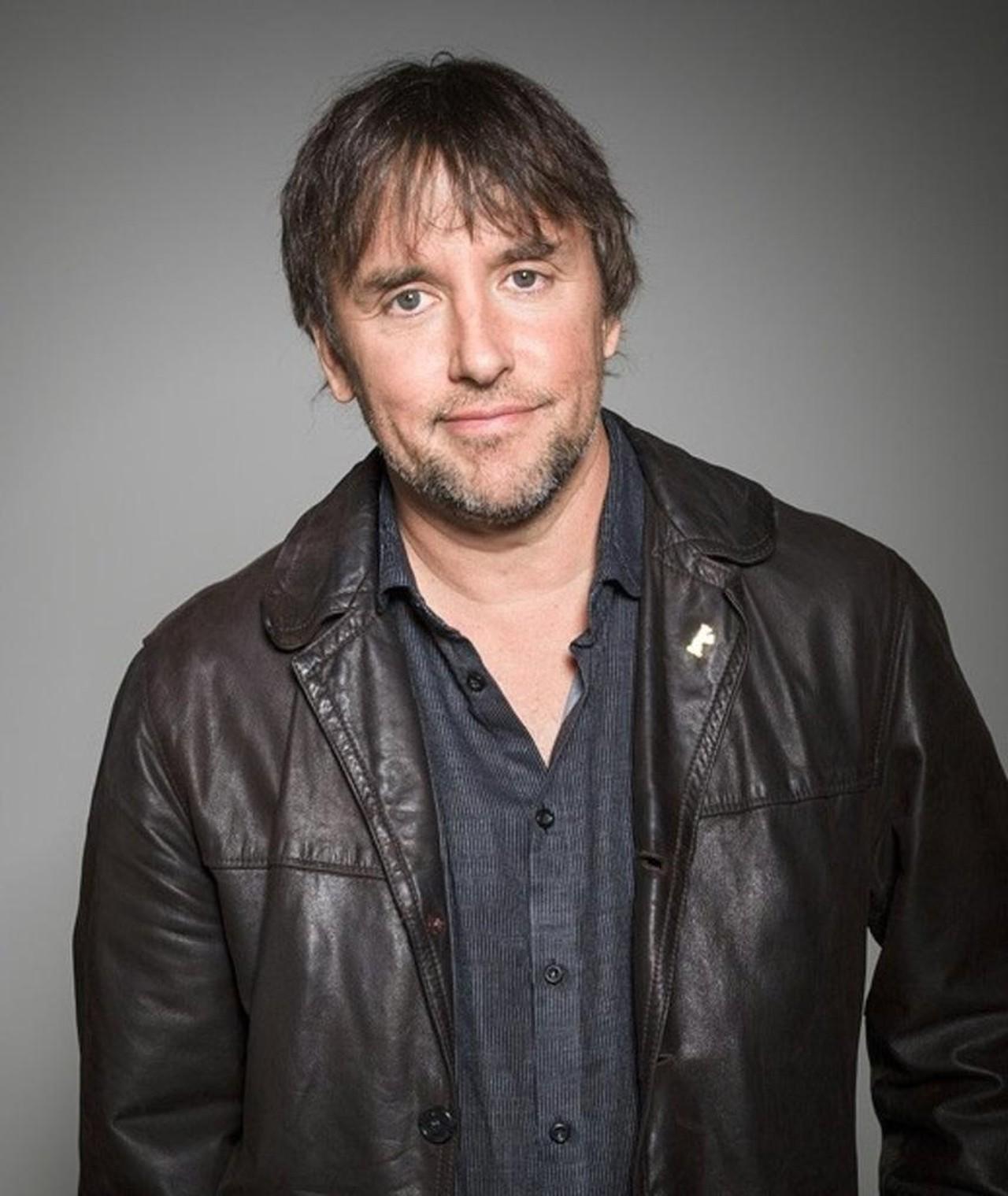Richard Linklater, a luminary in contemporary cinema, has carved a niche for himself by delving into the intricate tapestry of time through his films. Renowned for his innovative narrative structures and profound character studies, Linklater’s oeuvre offers a unique lens through which audiences can explore the fluidity and passage of time. From the groundbreaking “Boyhood,” which chronicles a boy’s journey to adulthood over twelve real-time years, to the contemplative “Before” trilogy that captures fleeting moments across decades, Linklater’s work is a testament to his fascination with temporality. This article seeks to analyze how Linklater masterfully intertwines time with storytelling, creating cinematic experiences that challenge viewers to reflect on their own perceptions of time’s relentless march. Through a meticulous examination of his films, we will uncover the techniques and themes that underscore Linklater’s exploration of time, revealing the profound impact of his temporal narratives on modern filmmaking.
Richard Linklaters Unique Approach to Cinematic Time
Richard Linklater’s exploration of time in cinema is characterized by his innovative narrative structures and profound attention to the passage of time in both form and content. Unlike traditional storytelling, Linklater often employs a real-time approach, where the unfolding of events mirrors the natural progression of time. This technique is most notably observed in his celebrated “Before” trilogy, where each film is set nine years apart, capturing the authentic aging of characters and actors alike. By allowing time to elapse naturally between films, Linklater invites viewers to witness the genuine evolution of relationships, creating a deep sense of continuity and realism.
Moreover, Linklater’s fascination with time extends to his groundbreaking work, “Boyhood,” a film shot over 12 years with the same cast. This ambitious project encapsulates the essence of growing up, presenting the audience with an unfiltered depiction of life’s journey. Through the seamless transition of years within a single narrative, Linklater achieves an immersive storytelling experience that transcends conventional cinematic techniques. His ability to manipulate and present time in such a meticulously crafted manner challenges viewers to reflect on their own perceptions of time, making his films both a technical marvel and a profound meditation on the human experience.
- Real-time storytelling
- Authentic character evolution
- Long-term projects
- Immersive narratives
The Role of Time in Character Development and Narrative Structure
Richard Linklater is renowned for his innovative approach to storytelling, particularly in how he uses time to deepen character development and narrative structure. Time in Linklater’s films is not just a backdrop; it is an active participant in the storytelling process. By allowing characters to age naturally over the course of a film, or even a film series, Linklater provides audiences with an authentic experience of growth and change. This technique can be seen in his critically acclaimed film “Boyhood,” which was filmed over 12 years, capturing the real-time development of its protagonist. The passage of time is seamlessly woven into the narrative, offering a profound exploration of life’s impermanence and the subtle shifts in relationships and identity.
Linklater’s exploration of time is also evident in his “Before” trilogy, where each installment is released nine years apart. This temporal structure allows viewers to witness the evolution of the central characters’ relationship with a realism rarely seen in cinema. The films are marked by their authentic dialogue and intimate focus, emphasizing the significance of the moments between major life events. Through these techniques, Linklater invites viewers to ponder the influence of time on personal growth, prompting reflections on their own lives. His approach to time challenges conventional narrative structures, creating a more immersive and thought-provoking cinematic experience.
- Natural Aging: Films like “Boyhood” showcase characters aging in real-time.
- Temporal Gaps: The “Before” trilogy uses significant time gaps to reflect character evolution.
- Authentic Dialogue: Conversations mirror real-life changes and growth.

Exploring Temporal Realism in Linklaters Filmography
Richard Linklater’s filmography is a masterclass in the exploration of time, often bending its linear perception to create narratives that resonate with realism and authenticity. His unique approach to storytelling is evident in works like Boyhood and the Before trilogy, where time itself becomes a character, shaping the plot and the emotional journeys of his characters. Linklater’s films frequently employ real-time storytelling, where the passage of time in the film mirrors real life, allowing audiences to witness the subtle yet profound changes in his characters. This technique not only enhances the relatability of his narratives but also invites viewers to reflect on their own passage through time.
Linklater’s commitment to temporal realism can be observed through his innovative filming techniques and narrative structures. He often utilizes:
- Long takes that maintain the continuity of time, capturing the fluidity and unpredictability of real-life conversations and events.
- Non-linear narratives that challenge the audience’s perception of time, as seen in films like Waking Life, where dream sequences and reality blur.
- Character development over extended periods, allowing viewers to experience growth and change authentically, as demonstrated in the 12-year filming of Boyhood.
These methods highlight Linklater’s dedication to portraying time not just as a backdrop but as a central theme that influences and molds the human experience, making his work a profound study in temporal realism.

Recommendations for Appreciating Linklaters Temporal Techniques
To fully appreciate Richard Linklater’s mastery in exploring the concept of time, one should consider his unique storytelling techniques that subtly yet profoundly capture the essence of temporal evolution. Linklater’s films often challenge traditional narrative structures, inviting viewers to immerse themselves in a more fluid and dynamic experience of time. Engage with his works by focusing on how he uses time not just as a backdrop but as a pivotal character in itself. In movies like the Before Trilogy and Boyhood, time is woven into the fabric of the narrative, transforming the mundane into a profound exploration of human growth and relationships.
- Observe the passage of real-time: Linklater often uses long takes and real-time sequences to create a sense of immediacy, allowing the audience to experience the passage of time alongside the characters.
- Notice the evolution of characters: His dedication to capturing authentic character development over extended periods, sometimes spanning years, offers a rare insight into the subtleties of personal change.
- Reflect on time’s impact on relationships: In his films, relationships are not static; they evolve, reflecting the complexities and nuances brought by the passing of time.
By engaging with these techniques, viewers can gain a deeper understanding of Linklater’s exploration of time, offering a fresh perspective on the temporal dimensions of storytelling.
